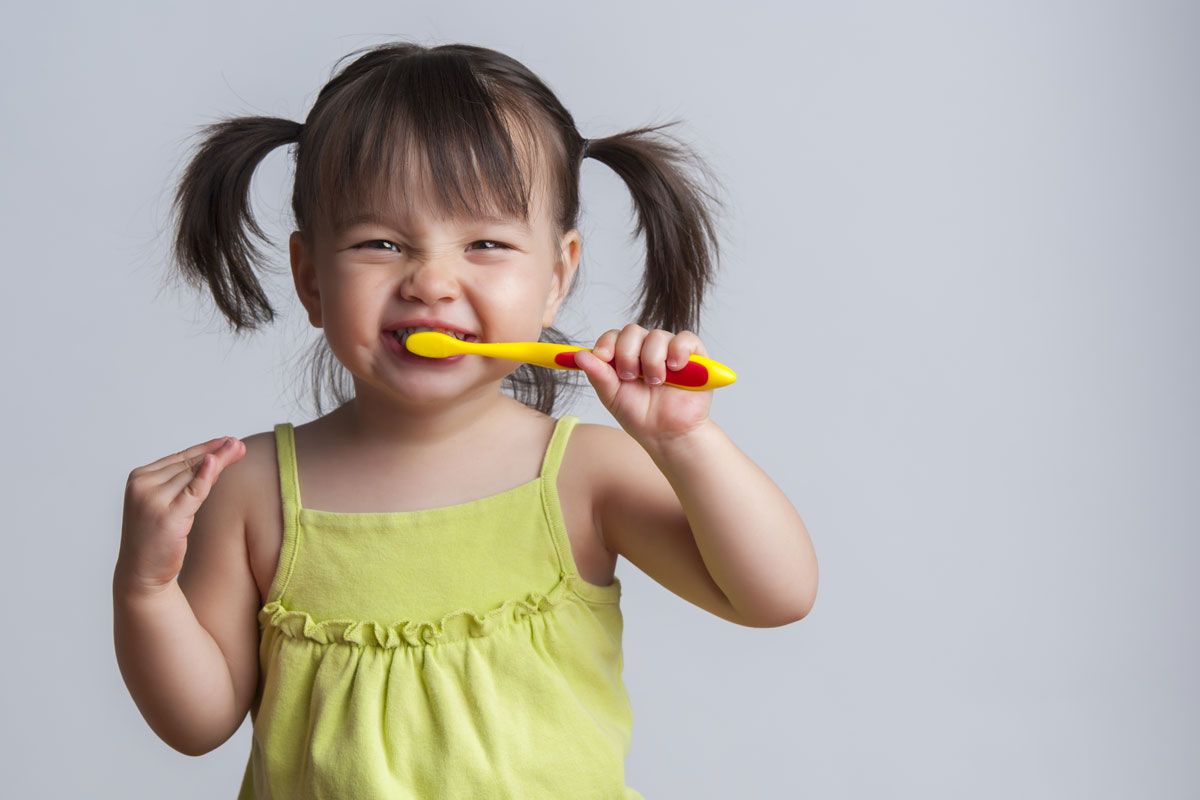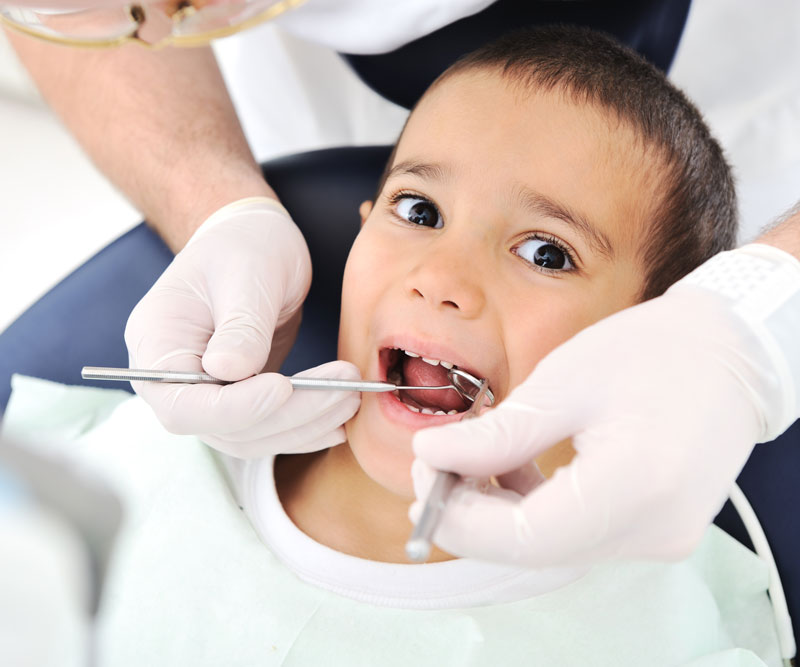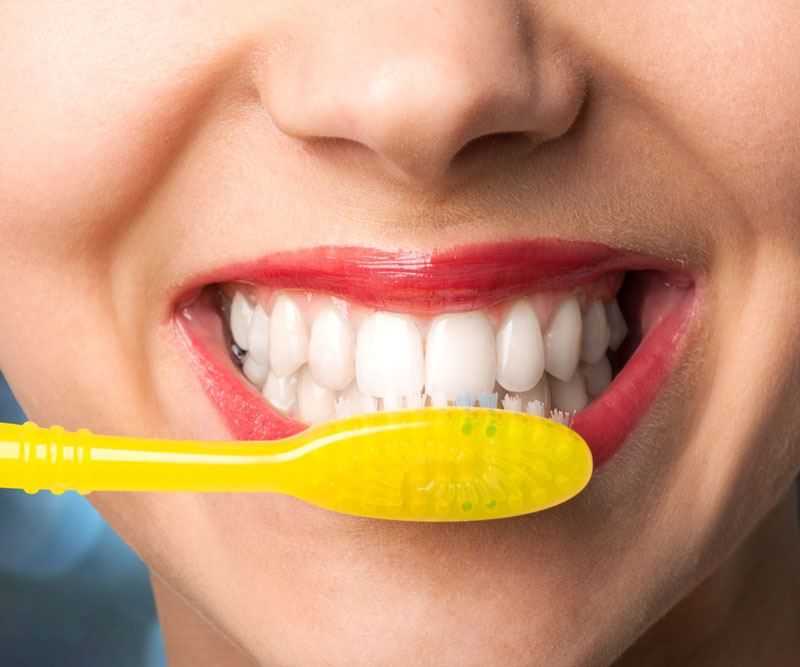
Help Keiki Stay Away from Tooth Decay
Keiki need strong and healthy teeth to chew their food, speak and have a heart-warming smile that gleams from ear to ear.
“Proper tooth care and habits do not simply start with children’s permanent teeth, but from the care they receive from infancy,” says Dr. David Sumikawa, a pediatric dentist at Kapiolani Medical Center for Women & Children.
Here, Sumikawa offers some tips to help keep your keiki’s pearly whites nice and bright:
Beginning Good Habits in Infants & Toddlers
- Mouth care, then tooth care. “To prevent bacteria buildup, wipe down your children’s gums with a damp washcloth or moist gauze pad on a daily basis by the time their teeth start coming in. When teeth begin to show, parents should brush them twice daily with fluoride toothpaste. Using a dab smaller than a grain of rice is all that’s necessary,” says Sumikawa.
- Sharing is not caring. Tooth decay is a disease resulting from bacteria that is transmissible through saliva. It’s best not to “mouth-clean” items like pacifiers or utensils in order to prevent cavity-causing germs from transferring to your child.
- Prevent baby bottle tooth decay. Only milk, breast milk, formula or water should fill baby bottles. Avoid placing other sugary liquids, like juice or soda, in bottles to avoid early childhood caries, or what was commonly called “baby bottle tooth decay.”
“After about 12 months, frequent night-time bottle feeding with milk or formula, and on-demand breastfeeding overnight can be risk factors for decay,” Sumikawa notes.
- One’s the limit. Be sure to visit the dentist when your child’s first tooth comes in. For some children, this can occur as early as 6 months, while for others it can take more than a year. Whether your children’s teeth come in before age 1 or not, it is recommended that they visit the dentist by their first birthday.
- Influence your children to eat healthy foods. Incorporating fruits, vegetables, whole grains, dairy and lean proteins will not only make for healthy teeth, but a healthy child!
Continuing Good Habits for School-Aged Children
- Brush for two minutes, twice a day. “Help or supervise your child’s brushing habits until about 6 or 7 years of age, when the child can be counted on to spit, instead of swallowing the fluoride toothpaste,” Sumikawa recommends. “Don’t forget to floss once a day, too.”
- Seal out decay. Discuss any questions you may have about sealants with your dentist. This preventive resin material is usually applied on back teeth to provide a barrier, ultimately “sealing out” plaque and food to prevent decay.
- Tooth care after eating. After a meal or snack, there is a period of time when sugar is present and acid levels in the mouth increase. This sugar is what feeds cavity-causing germs, and acid weakens tooth enamel, leading to cavities.
Frequent snacking allows the bacteria to feed constantly. This is why Sumikawa suggests parents wipe their children’s teeth with a wet cloth or give them plain water to drink after meals or snacks to help aid in the process of washing away the sugar, further preventing decay.
“It’s not impossible anymore to go your whole life without cavities,” Sumikawa says. “Healthy primary teeth help to lay the foundation for the permanent teeth to follow.”
Published on: February 8, 2016




